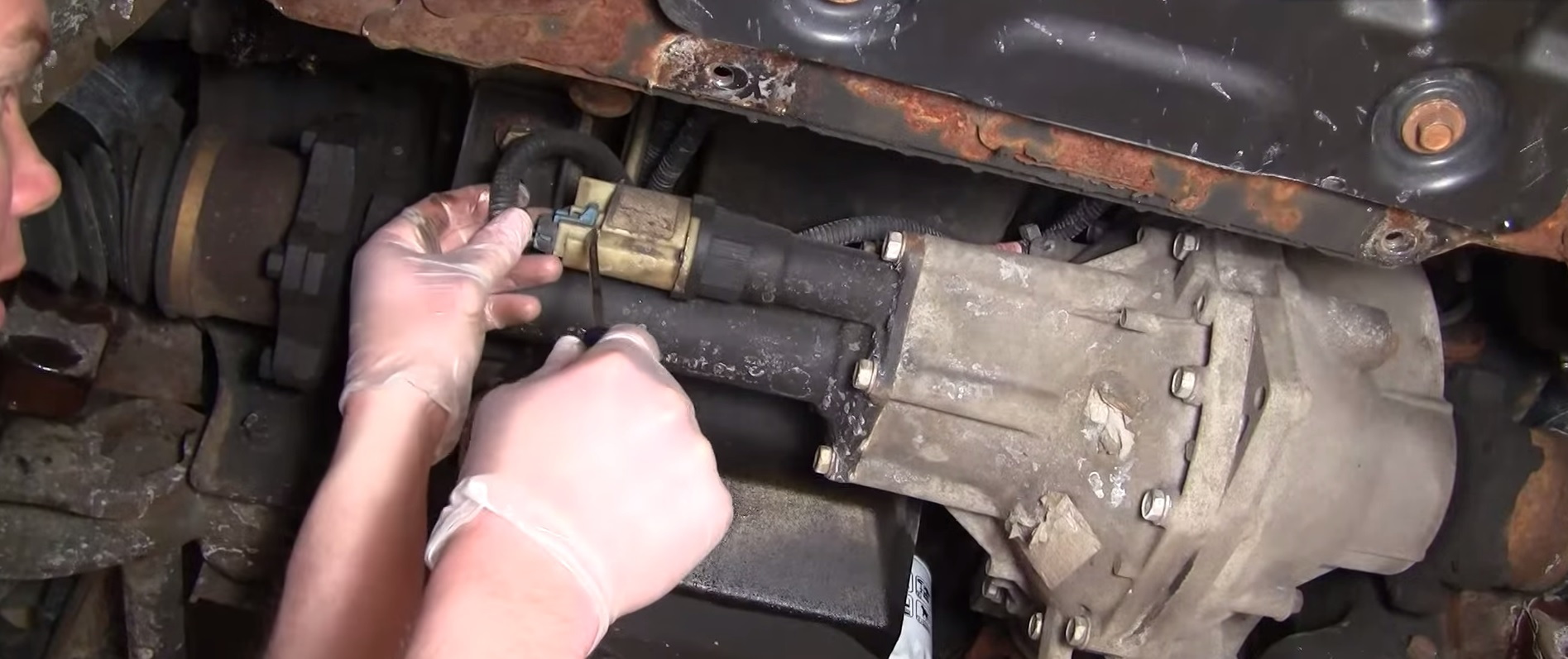Hello. I am a recent Bronco convert but have been a long time Jeep owner. 4X4 on a Jeep is pretty simple to understand: you yank the shifter, feel it engage, and you are off - drop in back into 2WD when you hit the street.
My 93 Bronco has lockable hubs as well as a dashboard button. As far as I can tell once I lock the hubs, I am still in 2WD until I hit the button. If this is the case, why not just leave the hubs locked at all times and only use the button to engage 4WD? If not, am I supposed to get out and lock or unlock them every time I go from dirt to road?
My 93 Bronco has lockable hubs as well as a dashboard button. As far as I can tell once I lock the hubs, I am still in 2WD until I hit the button. If this is the case, why not just leave the hubs locked at all times and only use the button to engage 4WD? If not, am I supposed to get out and lock or unlock them every time I go from dirt to road?







